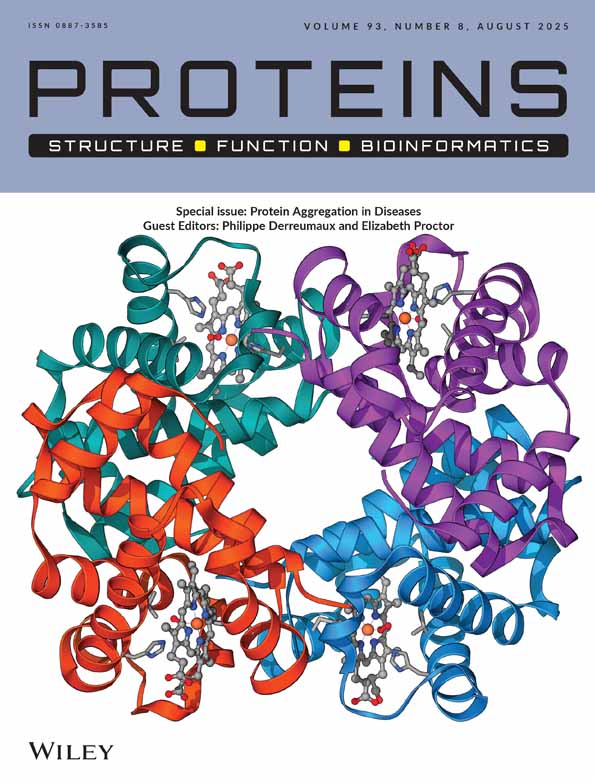A comparison of SCOP and CATH with respect to domain–domain interactions
Abstract
The analysis and prediction of protein–protein interaction sites from structural data are restricted by the limited availability of structural complexes that represent the complete protein–protein interaction space. The domain classification schemes CATH and SCOP are normally used independently in the analysis and prediction of protein domain–domain interactions. In this article, the effect of different domain classification schemes on the number and type of domain–domain interactions observed in structural data is systematically evaluated for the SCOP and CATH hierarchies. Although there is a large overlap in domain assignments between SCOP and CATH, 23.6% of CATH interfaces had no SCOP equivalent and 37.3% of SCOP interfaces had no CATH equivalent in a nonredundant set. Therefore, combining both classifications gives an increase of between 23.6 and 37.3% in domain–domain interfaces. It is suggested that if possible, both domain classification schemes should be used together, but if only one is selected, SCOP provides better coverage than CATH. Employing both SCOP and CATH reduces the false negative rate of predictive methods, which employ homology matching to structural data to predict protein–protein interaction by an estimated 6.5%. Proteins 2008. © 2007 Wiley-Liss, Inc.




